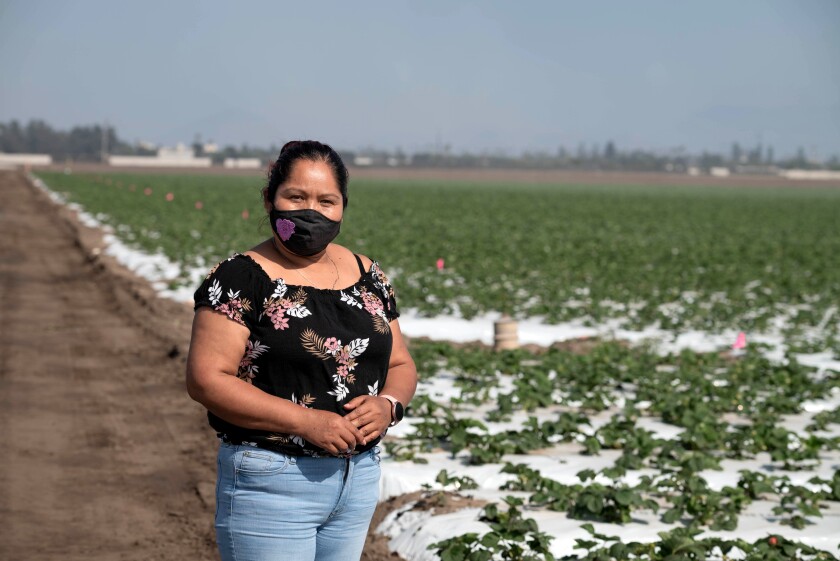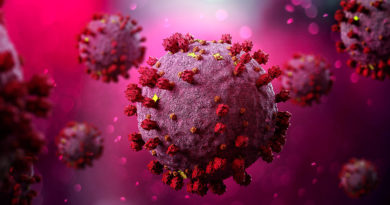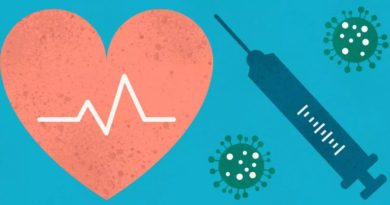Op-Ed: Indigenous farmworkers hit with COVID myths and deaths
COVID-19 has been deadly for my Mixtec Indigenous community along California’s Central Coast. Early in the pandemic, several of us thought that the virus was just a government conspiracy and that we should remain calm.
Since then, more than a dozen of our migrant Indigenous brothers and sisters have died in Ventura County from COVID-19. I even lost an uncle who dedicated his life to the agricultural industry in Oxnard. The feelings of uncertainty and fear are vivid in the lives of our people, as is the virus that we didn’t believe in until it took our loved ones.
The biggest obstacle we face is getting accurate information to our community about the virus in our languages, such as Mixtec, Zapotec and Purépecha. How do you translate COVID-19 into Mixtec or other Indigenous tongues? Neither government agencies, nor the organization that I lead, the Mixteco/Indígena Community Organizing Project, could do so.
In April 2020, our organization supported the California Department of Social Services with its COVID-19 Disaster Relief Assistance for Immigrants Project. The program provided up to $500 per individual — or $1,000 per household — in relief funds. Some of the people collecting their financial support card brought official documents with them and asked for help with translation.
A young woman who visited our offices in Santa Maria that month, a Mixtec language speaker from the Mexican state of Guerrero, told me: “I went to the doctor because I am feeling sick and they gave me this,” handing me several sheets of paper. In the packet, I saw her positive result for COVID-19. When asked if she knew that her result was positive, she answered with her eyes filled with astonishment and fear. She had also received a list of recommendations from the community clinic where she was tested for COVID-19, outlining what to do as a patient with a positive result. No one had explained any of this in her Mixtec language, either the results or the medical recommendations.
The lack of information in Indigenous languages has put our community in a state of chronic vulnerability and isolation. Language is the main barrier for this population to distinguish between the myth and reality of the virus. The community still doubts the truth of the virus and how devastating it can be.

Eulalia Natividad Mendoza, 44, who contracted COVID-19 and now works to educate Indigenous farmworkers about the virus, stands in an Oxnard strawberry field in September.
(Manuel Ortiz Escamez / Ethnic Media Services)
Take Eulalia Natividad Mendoza, for instance. She’s a 44-year-old widow and mother from the Ñuu Savi nation of Oaxaca, Mexico. “I thought that COVID-19 was not true. Many farmworkers think the same,” she told me. Mendoza was seriously ill for almost a month and lost her job in the fields, and had no money for rent and utilities. “I was flooded by debts,” she said.
Mendoza argues that with COVID-19, the work of farmworkers is riskier than ever. Despite providing much of the food for California and the United States, their work is very hard, poorly paid and conditions are unhealthy. This makes them more susceptible to contracting the virus. There are no up-to-date figures for how many Indigenous Mexican farmers work in California’s agricultural industry. A 2010 study says there are approximately 165,000 farmworkers and their family members, mostly from the states of Oaxaca and Guerrero in Mexico and belonging to the Mixtec community.
Unlike other industries, farmworkers like Mendoza don’t have health insurance or unemployment benefits. Even though farmworkers have been categorized as essential workers, they are ineligible for some essential government benefits that could protect their health. This is due partly to a high percentage of this population lacking legal immigration status. According to thePew Research Center, 1 in 4 farmworkers is in the U.S. illegally.
Moreover, employers also don’t usually provide workers with basic work safety equipment, as recommended by the Centers for Disease Control and Prevention, such as gloves and masks. In 2020 alone, our organization distributed more than 40,000 safety kits, mostly to farmworkers in Ventura, Santa Barbara and San Luis Obispo counties. Workers cannot be asked to wash their hands regularly if the employer does not provide enough toilets and hand-washing stations for them to do so. If employers don’t provide masks, workers cannot expect to avoid contracting COVID-19. It’s also crucial that workers receive safety recommendations that apply to the realities of their working conditions.
Now when Mendoza meets COVID skeptics, she tells them: “It does exist, it happened to me, I could not speak for 25 days, I could not eat, I could not drink water,” and that the vaccine could prevent them from getting sick too.
Mendoza, who’s a community outreach worker at our organization, says that change starts at home. Several of her own family members did not trust in having the COVID-19 vaccine. But with her effort and effective communication, all were vaccinated, including her 25-year-old daughter, who at first refused to be immunized.
Arcenio J. López is executive director of the Mixteco/Indígena Community Organizing Project. He reported this story as part of the USC Annenberg Center for Health Journalism’s 2021 California Fellowship. It was also produced with support from Ethnic Media Services.


